In the past decade, Nigerians across the globe have made it their life goals to retrace their lineage and learn more about their culture. With hundreds of years of misinformation and wrong narratives of Nigerians being savages before colonialism, Nigerians at home and in the diaspora now learn about their pristine culture by retelling their stories. Stories that Nollywood filmmakers have devoted themselves to telling through international platforms like what Kunle Afolayan has done with Anikulapo.
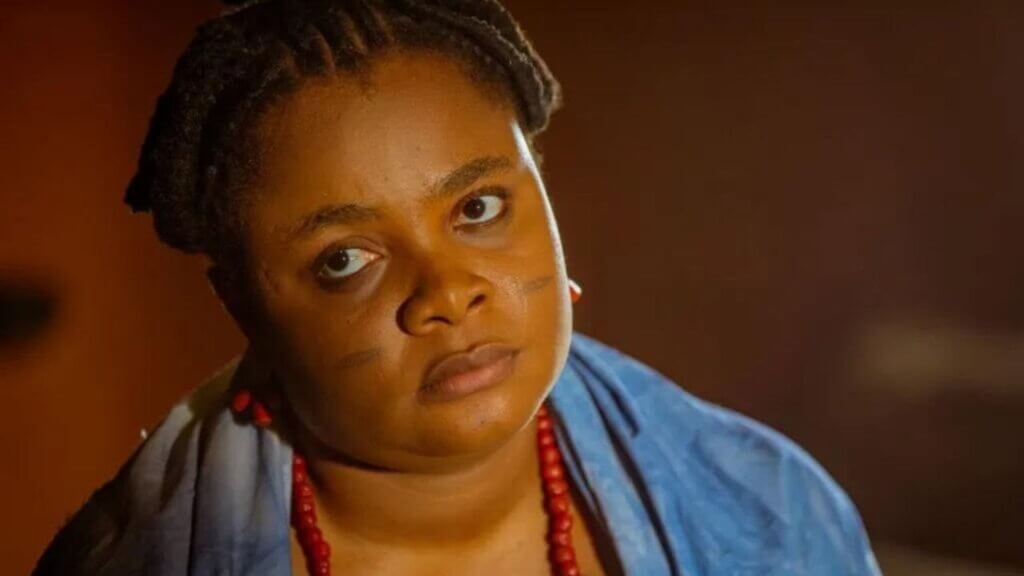
Cultural richness, style, and quality cinematography are one of the major highlights of Anikulapo. The film does not only tell the story of what greed can do to a man but also explores the richness of the Yoruba culture, its importance, and its significance in the old Oyo empire.
Through its cast, the film appropriately represents the choices of beautification during that period with the prominent tribal marks that linked people to their lineage in Yoruba land, the hairstyles, and the choice of accessories that differentiate the royal family from the regular citizens.
Anikulapo, set in the 17th century in the time of the Old Oyo empire, centred on Saro (Kunle Remi) who moved to Oyo to start his Ofi business but ends up in an illicit affair with the Alaafin’s favourite Olori (Bimbo Ademoye). The affair leads him down the path of greed.
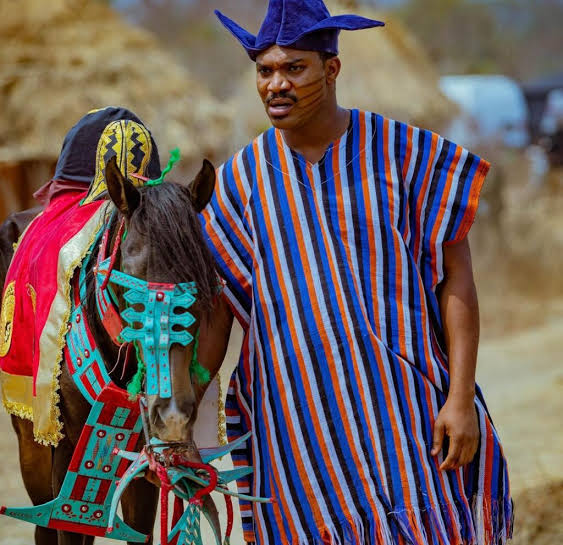
During the time of the Old Oyo and till recent times in certain parts of the South West, tribal marks and beads were a form of identification, a way to differentiate kindreds and royalty.
In the movie, the casts all had the signature horizontal tribal marks, this mark is called Abaja. It’s a form of three or four horizontal stripes on the cheek, a mark unique to the people of Oyo. Saro also had this mark even though his hometown was Gbogan.
Then, Gbongan was a part of the Oyo Kingdom before they seceded to be part of Osun State. Gbongan, which is now a town in Osun State, was formed on August 27 1991, when it was split from Oyo State. This explains why Saro also had the Oyo tribal mark. At the time Saro had walked for about 66.6 km roughly a 13 hours journey to get to Oyo.
At the time tribal marks were not considered to be brutal, they were a symbol of beauty, and Kunle Afolayan clearly represented that in the film. Saro who was the most eligible bachelor then caught the eyes of numerous women in Oyo despite his very prominent tribal mark.
Some early accounts of the origin of tribal marks hold that they became popular after Sango’s wife asked that an adulterous slave be beaten and given scars on her face, especially because she was beautiful. However, the scars allegedly only made the slave more beautiful and as such, tribal marks became popular.
In Yoruba land, another function of the tribal mark was to keep mischievous children alive (Abiku). These facial stripes which are now referred to as scarifications became important in reuniting communities during the trans-Atlantic slave trade which started in the 16th century.
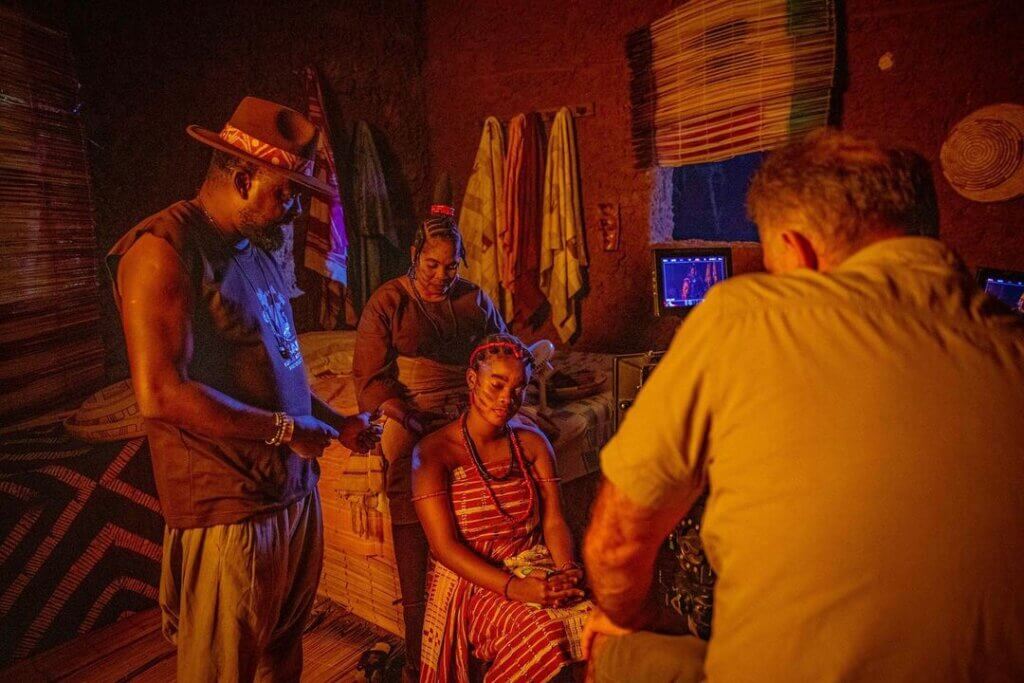
Other aspects of the Yoruba culture that was beautifully represented in the film were the variation of hairstyles and beaded ornaments used as a form of beautification. The Olori’s always had their hair made in different styles including styles like Koroba, Kojusoko, Suku, and more.
“They did a great job with the hairstyles. At least, I saw some traditional Yoruba styles like shuku agbagba, koju so ko, koroba and more. Even though some styles like Didi were more prominent, they still managed to showcase the variations of hairstyle in those days. For that I will rate them 85%,” Mary Godonu, a professional hairstylist told 234star.
These hairstyles were properly accessorised with beads to differentiate royalty from the regular members of the community. The beads are however not the regular beads: they are called ‘Iyun’
The Yoruba’s commonly refer to Iyun as the ‘father of all beads’. They describe the search for Iyun to be comparable to the search for gold. These precious beads were used by the Olori’s throughout the film as a hair accessory to show their royal status.

Aso-ofi was also one form of beautification that the film Anikulapo explored with its main lead, Saro being a weaver of Aso-ofi.
The cotton-based traditional fabric which is primarily made at Iseyin is worn on special occasions by the Yoruba’s usually for coronations, weddings and more. On multiple occasions the film establishes the importance of getting the appropriate Aso-ofi for events.
Although Anikulapo might be lacking in storytelling, they have managed to portray accurately and beautifully the Yoruba culture to an international audience.

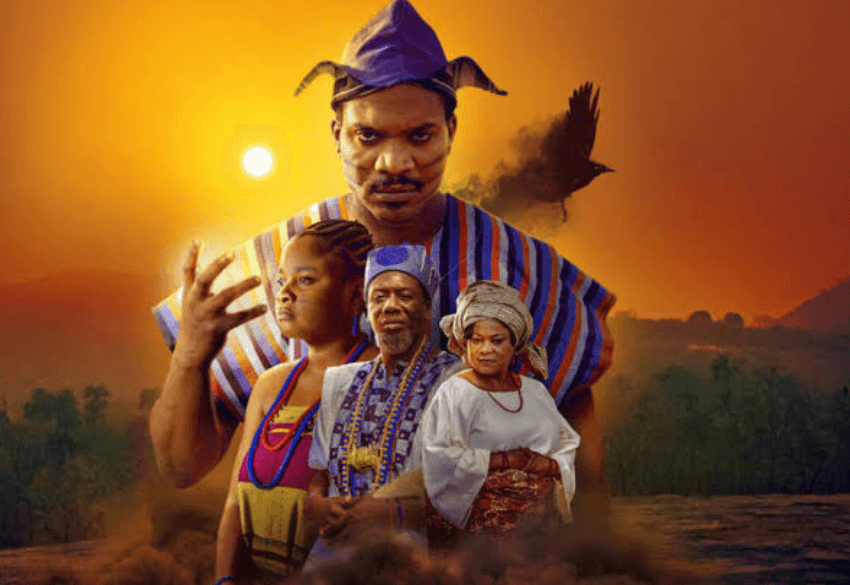
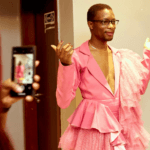

Comments
Loading…